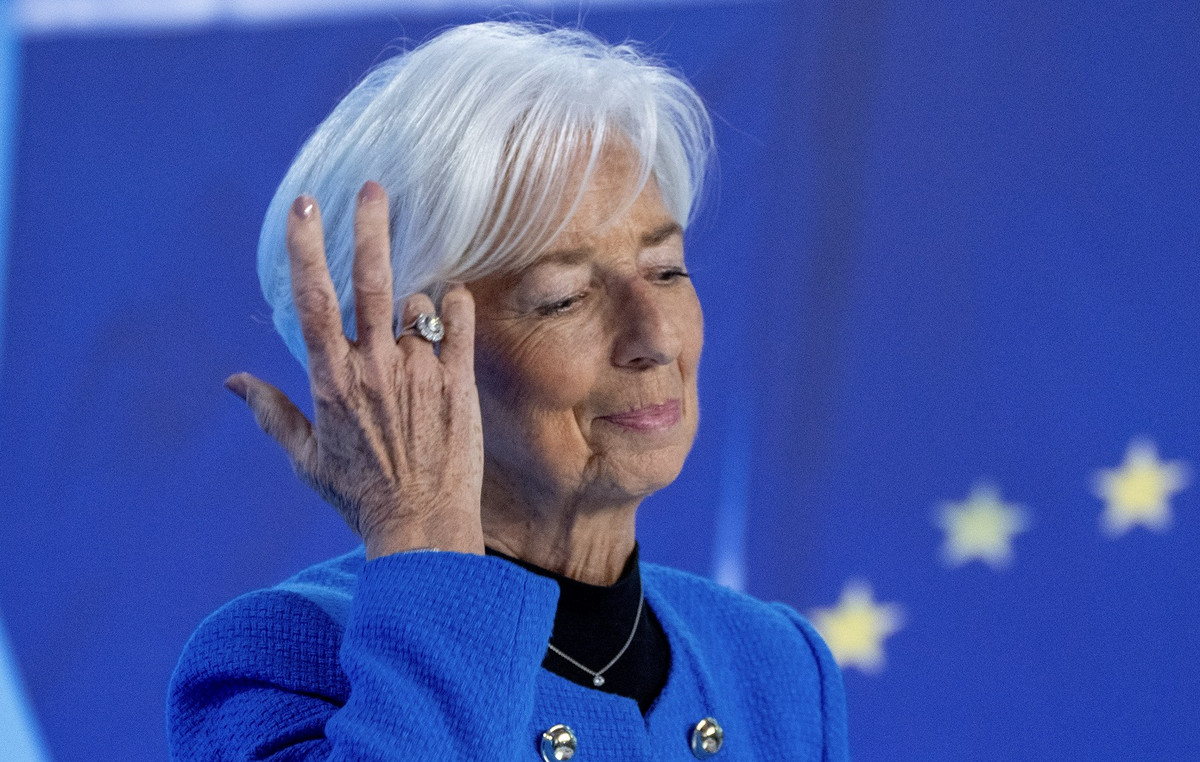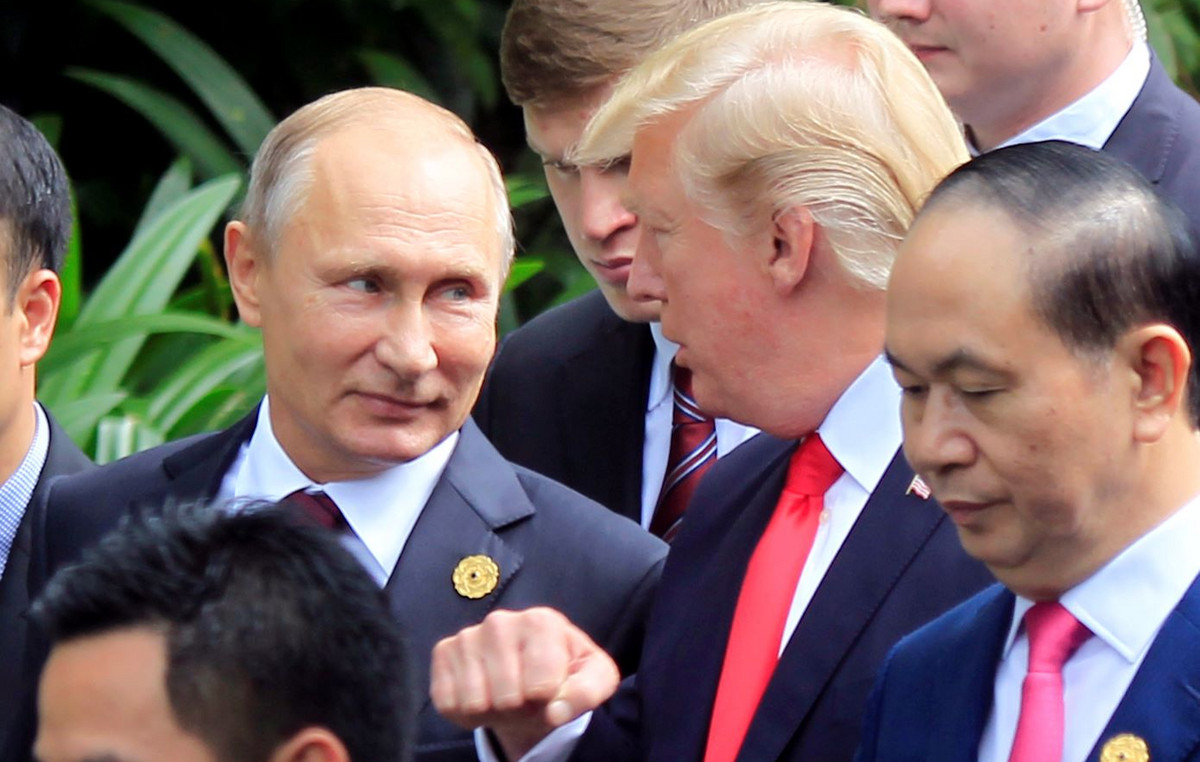- The USD/MXN has risen in the last hours of two days in 18.77.
- The US dollar takes impulse to the possible advertisements of commercial agreements before July 9.
- The Secretary of the United States Treasury, Scott Besent, says that several agreements can be completed in the next 48 hours.
The USD/MXN has begun the week bouncing from the minimum of eleven months already tested on Friday at 18.60 to a maximum of two days in 18.77. At the opening of Wall Street, the PAR is quoted over 18.72, winning 0.44% daily.
The US dollar reaches a 10 -day roof before the possible Trump tariff agreements
The US dollar index (DXY) has risen with force this Monday, rising from the minimum at 96.89 of the Asian session to a maximum of ten days in 97.44 during the European morning.
The impulse of the green ticket has been determined by the possible trade agreements that the United States could announce in the next few hours. Scott Besent, secretary of the US Treasury, told the CNBC this Monday that the US will announce several agreements in the next 48 hours. According to Besent, Donald Trump’s government received many pact offers on Sunday night.
Prior to Besent’s words, the dollar took momentum in the face of risk aversion that dominated the markets, since it was feared that the letters that USA announced that it would send in the next few hours to the countries with which it did not reach agreements could shoot the uncertainty. The USD was backed by its safe refuge, although in recent weeks it had lost this status.
In Mexico, the National Institute of Statistics and Geography (INEGI) published on Monday the registration of the automotive industry of light vehicles. According to the report, In June, 361,047 light vehicles were produced in the country, which represents an year -on -year increase, and 331,517 were exported (reflecting a 14% rise compared to the previous year). However, sales were 116,062, falling 5.9% compared to the same period of 2024.
In the absence of more relevant publications in the US economic calendars and Mexico, the focus of investors will be in the White House ads about the agreements reached and in the tariffs that the countries will receive with which the negotiations have broken.
Although Mexico does not enter the pause that Trump gave in reciprocal tariffs until July 9, Mexicans are pending an agreement to reduce steel and aluminum taxes, as well as tomatoes, which as of July 14 must pay a 20.91%rate.
USD/MXN Price levels
He USD/MXN maintains its wide bear trend in the short, medium and long term. The 14 -day relative force (RSI) index is overcompiled in the one -hour graph, suggesting a reversal of the recent rise in the torque.
Down, the USD/MXN needs to break below the minimum of 2025 in 18.60 to extend its setback to the psychological zone of 18.00. Below, the key support is in 17.70, July 2024.
In the north direction, the first resistance appears in the 18.89 area, where is the 100 -hour -graphic mobile average. Above, an overcoming of the 19.00 barrier will be necessary to be able to take impulse in the direction of 19.35, a ceiling of the second half of June.
Mexican peso – frequent questions
The Mexican weight (MXN) is the most commercialized currency among its Latin American peers. Its value is widely determined by the performance of the Mexican economy, the country’s central bank policy, the amount of foreign investment in the country and even remittance levels sent by Mexicans living abroad, particularly in the United States. Geopolitical trends can also affect MXN: for example, the Nearshoring process (or the decision of some companies to relocate the manufacturing capacity and supply chains closer to their countries of origin) is also considered a catalyst for the Mexican currency, since the country is considered a key manufacturing center in the American continent. Another catalyst for MXN is oil prices, since Mexico is a key exporter of the raw material.
The main objective of the Central Bank of Mexico, also known as Banxico, is to maintain inflation at low and stable levels (in or close to its 3%target, the midpoint of a tolerance band between 2%and 4%). To do this, the bank establishes an adequate level of interest rates. When inflation is too high, Banxico will try to control it by raising interest rates, which makes the indebtedness of homes and companies more cooling, thus cooling the demand and the economy in general. The highest interest rates are generally positive for Mexican weight (MXN), since they lead to higher yields, which makes the country a more attractive place for investors. On the contrary, lower interest rates tend to weaken the MXN.
The publication of macroeconomic data is key to evaluating the state of the economy and can have an impact on the valuation of the Mexican weight (MXN). A strong Mexican economy, based on high economic growth, low unemployment and high confidence is good for MXN. Not only attracts more foreign investment, but it can encourage the Bank of Mexico (Banxico) to increase interest rates, particularly if this fortress is accompanied by high inflation. However, if the economic data is weak, the MXN is likely to depreciate.
As an emerging market currency, the Mexican weight (MXN) tends to rise for periods of risk, or when investors perceive that the general market risks are low and, therefore, are eager to participate in investments that carry a higher risk. On the contrary, the MXN tends to weaken at times of market turbulence or economic uncertainty, since investors tend to sell higher risk assets and flee to the most stable safe shelters.
Source: Fx Street
I am Joshua Winder, a senior-level journalist and editor at World Stock Market. I specialize in covering news related to the stock market and economic trends. With more than 8 years of experience in this field, I have become an expert in financial reporting.







